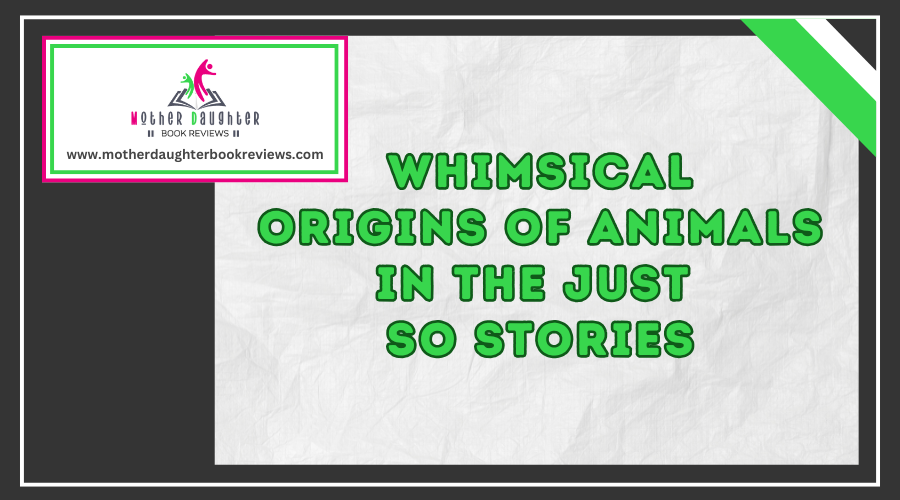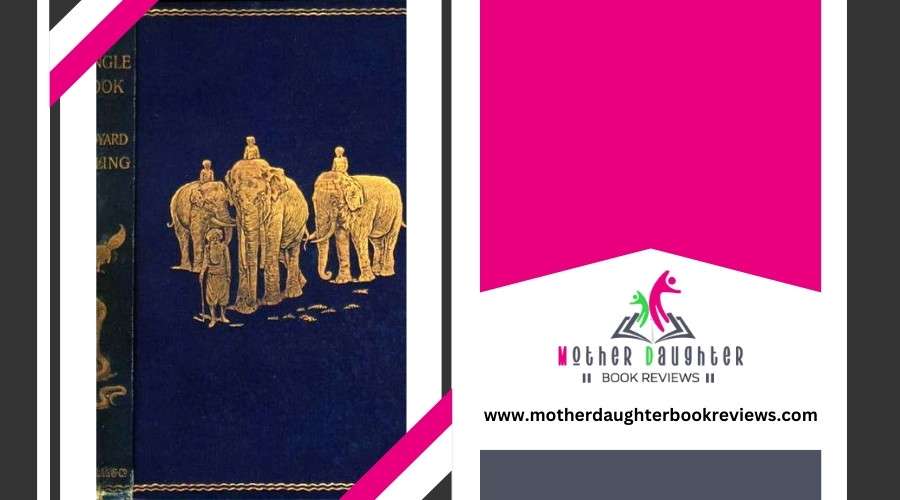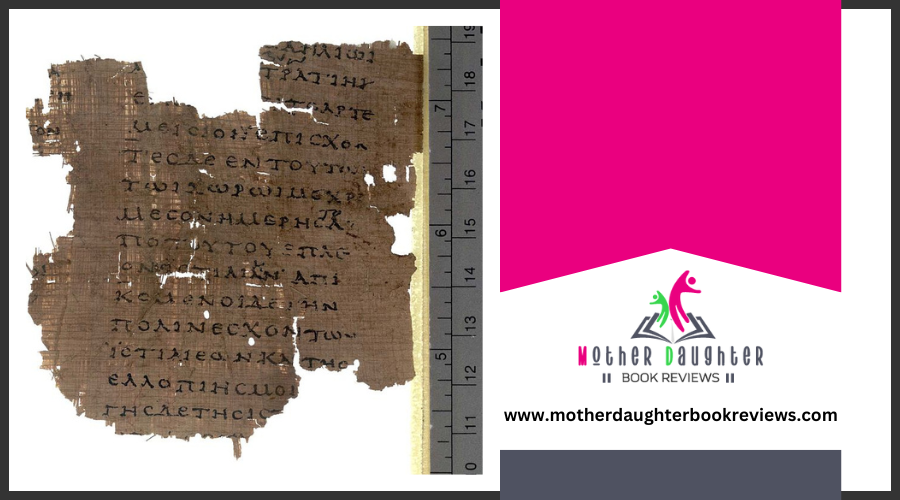Whimsical Origins of Animals in The Just So Stories

In The Just So Stories by Rudyard Kipling, you’ll be swept into a whimsical world where animals are bestowed with their unique traits through captivating and playful tales. These imaginative origin stories explain how the leopard got its spots, why the camel has a hump, and how the elephant's trunk became so long. Each tale brims with humor, creativity, and a touch of magic, bringing the natural world to life in a way that delights readers of all ages. Through Kipling’s clever storytelling, the animals’ whimsical origins unfold, offering enchanting explanations for their characteristics that spark curiosity and wonder.
How the Whale Got His Throat
In "How the Whale Got His Throat," you'll engage yourself in an enchanting tale where a giant whale faces the consequences of his insatiable hunger. Imagine a whale so immense and greedy that he devours everything in sight. Rudyard Kipling's masterful storytelling techniques bring this mythical creature to life, enthralling you with vivid imagery and a touch of whimsy. The story's clever twist explains how the whale's throat became so narrow, a unique adaptation that prevents him from swallowing large prey ever again.
The whale's voracious appetite leads him to consume a shipwrecked mariner, who ingeniously escapes by creating a makeshift grate inside the whale's throat. This grate becomes a permanent feature, symbolizing the whale's newfound limitation and teaching a moral lesson about greed and consequences.
How the Camel Got His Hump
This laziness didn't go unnoticed. The Djinn of All Deserts, who oversaw the animals, decided to teach the camel a lesson. He confronted the camel and asked why he wouldn't work like everyone else. The camel repeated his usual "Humph!" In response, the Djinn cast a spell, causing the camel's back to swell into a hump.
Despite the camel's transformation, the hump served a purpose. It allowed the camel to go without food for longer periods, storing energy in the form of fat. From then on, the camel could work like the other animals, but he always carried his hump as a reminder of his laziness. This enchanting tale beautifully explains why camels have humps, blending myth with moral.
How the Rhinoceros Got His Skin
Long ago, the rhinoceros didn't have the thick, wrinkled skin you see today. Back then, his skin was smooth and tight. According to animal folklore, this changed because of a rather cheeky incident involving a cake and a man named Parsee. You see, Parsee left a cake on the beach, and the rhinoceros, not known for his manners, gobbled it up without asking. Furious, Parsee devised a clever plan for revenge.
Here's what happened next:
- Hot Weather: It was an incredibly hot day, and the rhinoceros decided to take off his skin, as it was then like a snug coat.
- Bath Time: While the rhinoceros was bathing, Parsee found the skin and sprinkled crumbs all over the inside.
- Putting It Back On: When the rhinoceros put his skin back on, the crumbs caused him to itch and scratch furiously.
- Permanent Wrinkles: The constant scratching stretched and wrinkled his skin, leading to the thick, wrinkled appearance you now recognize as a key rhinoceros adaptation.
From that day forward, the rhinoceros not only had a new look but also learned a valuable lesson about manners and respect.
View this post on Instagram
The enchanting tale of "How the Initial Letter Was Written" whisks you away to a time when early humans sought to communicate across distances. Imagine yourself in an ancient world where spoken words couldn't always bridge the gaps between loved ones. This story reveals the inventive spirit of a little girl named Taffy and her father, Tegumai. They needed to send a message to Taffy's mother, and so began a quest into the origins of storytelling and ancient communication. Taffy and Tegumai faced a dilemma when they needed to convey a complicated message. Using pictures and symbols, Taffy ingeniously created the primary letter. You watch as Taffy's drawings evolve from simple images into a coherent message that her mother could understand. This creative process laid the foundation for written language, showcasing human ingenuity and the desire to connect. Plunge into the fanciful world of "The Crab That Played With the Sea," where a curious and playful crab uncovers its unique connection to the ocean. You'll find yourself captivated by the tale of Pau Amma, an enormous crab whose behavior changes the very rhythm of the sea. This story immerses deep into the crab's interactions with the ocean, illustrating how its playful nature causes the tides to ebb and flow. As you investigate this enchanting narrative, you'll notice: "The Crab That Played With the Sea" offers a delightful glimpse into how one creature's behavior can transform the world around it, making you ponder the intricate links between animal actions and natural phenomena. Moving from the fanciful antics of Pau Amma, you'll now encounter the enigmatic tale of "The Cat That Walked by Himself." This story introduces a feline character that's fiercely independent and refuses to be tamed. The cat in this narrative embodies a spirit of freedom, wandering through the wild without any desire for domestication. You'll find that his voyage is not just about physical movement but also a reflection of the cat's independence and the deep-seated animal wisdom that guides him. As you explore the story, you'll see how the cat interacts with other creatures and humans, always maintaining his aloof yet cunning demeanor. His cleverness allows him to strike a unique bargain with the Woman, ensuring he gets what he wants without sacrificing his freedom. This tale highlights the cat's ability to navigate both the wild and domestic worlds, utilizing his innate intelligence and self-reliance. The Just So Stories by Rudyard Kipling offers a whimsical and imaginative exploration of how animals gained their distinctive traits, delighting readers with fanciful explanations and timeless moral lessons. Through tales like "How the Whale Got His Throat" and "The Elephant's Child," Kipling weaves together creativity, humor, and wisdom to craft stories that resonate across generations. These magical origins not only spark curiosity about the natural world but also offer insights into human nature, highlighting themes of curiosity, adaptation, and the consequences of actions.How the Leopard Got His Spots
The Elephants Child
The Sing-Song of Old Man Kangaroo
The Beginning of the Armadillos
How the First Letter Was Written
The Crab That Played With the Sea
The Cat That Walked by Himself
Wrapping Up




